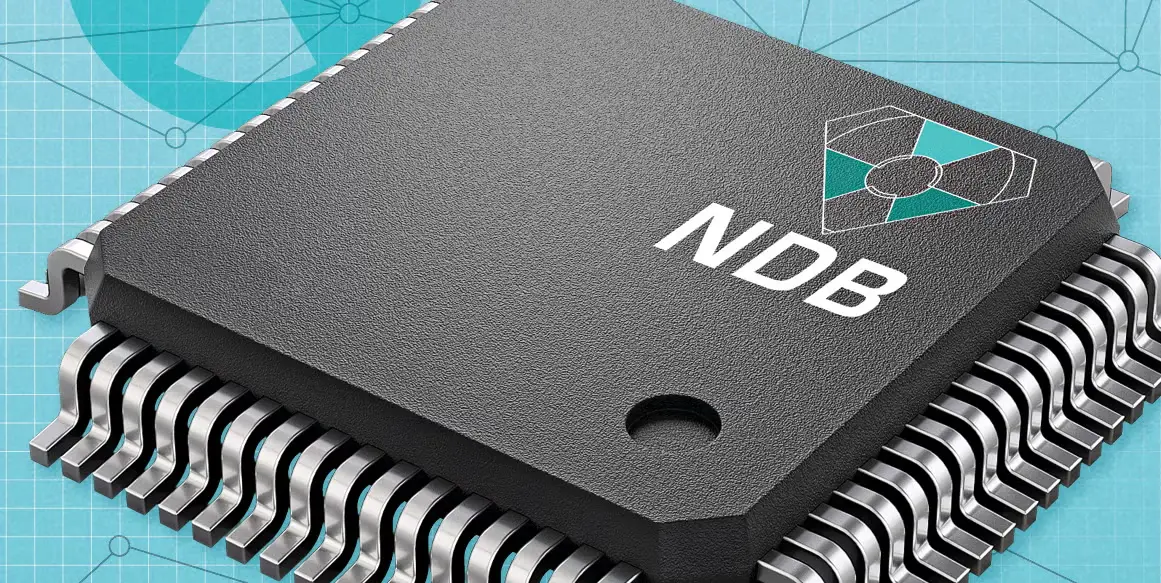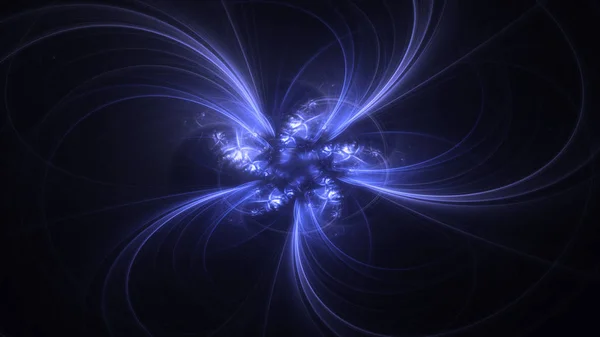Key takeaways:
- Scientists at JILA achieved the smallest-scale measurement of time dilation to date, observing different clock rates at just a millimeter apart due to Earth’s gravity.
- This breakthrough with atomic clocks, accurate to one second in 15 billion years, paves the way for advancements in timekeeping and potential new technologies.
- The research brings together quantum mechanics and general relativity, suggesting that with further precision, atomic clocks could reveal where these two theories intersect.
- The experiment achieved a record 37 seconds of “quantum coherence,” a state where atomic behavior remains predictable, moving quantum phenomena into a more observable, macroscopic realm.
- Ultra-precise clocks could improve applications from monitoring sea level rise and volcanic activity on Earth to navigation on deep space missions, thanks to the interconnectedness of time and space.
___________________
Atomic clocks reveal time differences even across just one millimeter due to gravity.

In a groundbreaking study published in Nature, scientists from JILA—a partnership between the National Institute of Standards and Technology and the University of Colorado Boulder—have managed to measure time dilation at an unprecedentedly small scale. This breakthrough involved detecting time differences between two clocks spaced only a millimeter apart, a distance as small as the width of a pencil tip. The experiment marks a major step forward in the precision of atomic clocks and sheds new light on the effects of gravity on time as outlined in Albert Einstein’s theory of general relativity.
Clocks that Measure the Effects of Gravity at the Millimeter Scale
Time dilation, a phenomenon where time moves more slowly in strong gravitational fields or at high speeds, was first predicted by Einstein’s relativity theory. JILA researchers, led by physicist Jun Ye, used highly precise atomic clocks in this experiment to measure these differences in gravitational time dilation over millimeter distances. By tracking frequency shifts among a sample of 100,000 ultra-cold strontium atoms held in a lattice, the team achieved a remarkable level of control, detecting how the gravitational pull from Earth slightly altered the passage of time over even this small distance.
The advancements in JILA’s atomic clocks are a significant achievement in the field. Atomic clocks function by monitoring the frequency shifts of electrons in atoms, which, when carefully aligned, serve as the timekeeping “pendulum.” These atomic clocks are the most accurate in history, losing only one second over 15 billion years, and are central to global systems such as GPS. Previously, in 2010, JILA scientists had achieved a similar but less precise measurement with clocks set at a 33-centimeter difference in elevation. The recent success represents a decade of refinement and progress, with clocks that are now up to 50 times more precise than before.
Quantum Coherence and the Path Toward Merging Physics’ Great Theories
In another remarkable achievement, the research team succeeded in maintaining “quantum coherence,” or the predictable behavior of atoms, for 37 seconds—a record that Ye likened to “human” timescales. This feat is a critical part of the larger quest to link quantum mechanics, which describes atomic and subatomic behaviors, with general relativity, the framework explaining gravitational effects across the cosmos. Achieving this coherence at longer timescales allows scientists to observe interactions that could help bridge the divide between these two key areas of physics.
Beyond expanding our understanding of time and gravity, these advances in clock precision could lead to a variety of practical applications. Enhanced atomic clocks could be used to detect changes in Earth’s shape and gravitational fields, aiding in monitoring climate-related events like sea-level rise or volcanic activity. They could also improve the accuracy of navigation systems and even enable safe, long-term deep-space exploration, such as guiding manned missions to Mars.
According to Ye, such precision underscores the relationship between time and space, and how tools like atomic clocks can help us measure the Earth’s movements and changes. He notes, “We need better tools to monitor what’s going on… time and space are intrinsically connected.” As these clocks continue to improve, they offer a pathway to better understanding some of science’s most profound questions and potentially achieving a long-awaited union of quantum mechanics with general relativity.




